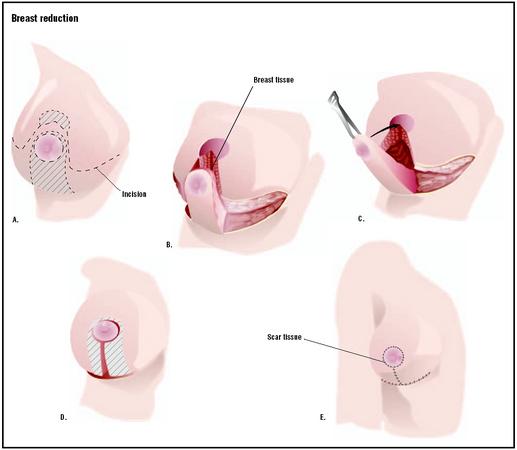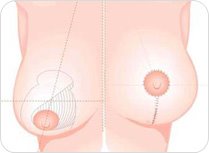
Lots of new interesting things continue to come out in my areas on interest.
Today, in Britain's Journal of Clinical Oncology, specialists said women genetically predisposed to developing breast cancer should consider asking for MRI scans, which do not use radiation, instead of mammograms. A news summary of it can be found here
This study retospectively questioned about 1,600 patients identified as high risk for breast cancer. These women, who possessed one or both of the well-known BRCA-1 & BRCA-2 genes that predispose them to breast cancer, may in fact be at significant risk for developing cancer from an imaging procedure which has been considered to poses little risk to women. These patients demonstrated an increased risk by as much as 2.5x by age 40, which is a staggering figure in risk analysis.
The researchers propose that radiation may be very risky for BRCA mutation carriers as those genes are believed responsible for repairing DNA damage, such as that from the ionizing radiation of x-rays. Defective genes would thus be less able to repair radiation damage, and result in more malignant cells developing.
The study "is not enough to mandate changes in clinical practice," said Dr. Kathy Albain, director of the breast research program at Loyola University Medical Center in Maywood,IL. "But I think it's enough to modulate our recommendations for certain patients.
A few things to keep in mind on this:
1. The study wasn't prospective
2. Most breast cancer cases (>90%) do not involve BRCA 1 & 2 genes
3. This finding has not been observed (yet) by other researchers
4. More prophylactic mastectomies are likely to be recommended in these patients
This is potentially big news thought for what may be a hastening of the eventual change to MRI mammograms being used more widespread which will be a good thing.
Rob Oliver













